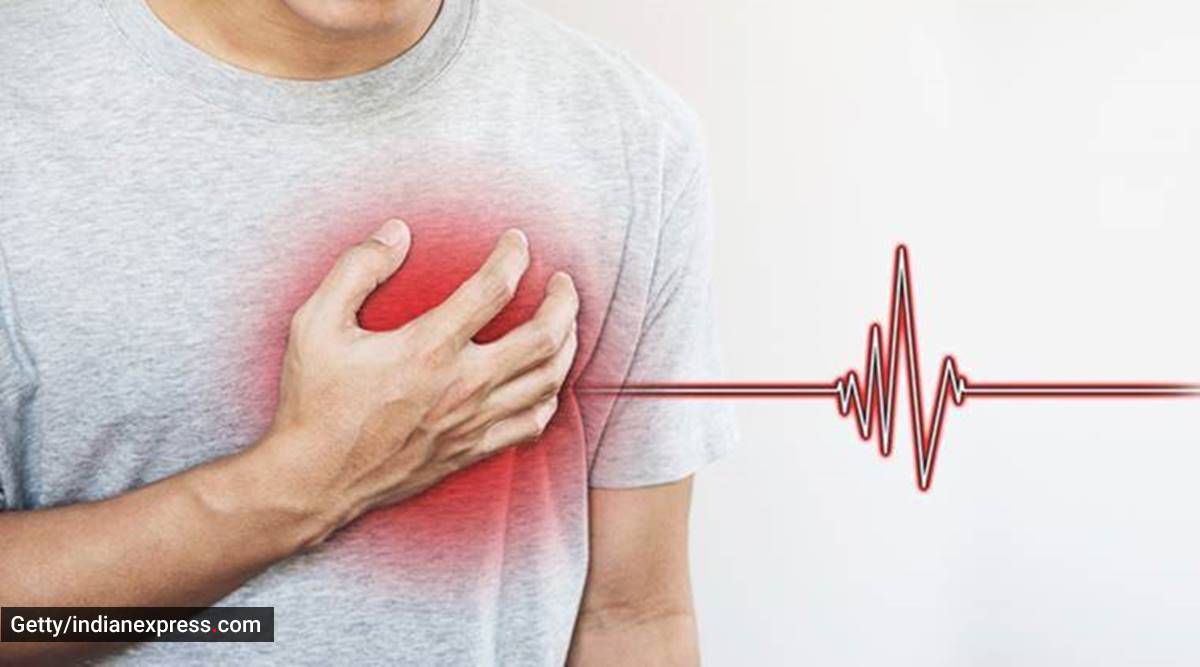 There are a variety of stents catering to different Indian patients such as drug eluting tents (DES), and bare metal stents (BMS). (Source: Getty Images/Thinkstock)
There are a variety of stents catering to different Indian patients such as drug eluting tents (DES), and bare metal stents (BMS). (Source: Getty Images/Thinkstock)Written by T S Kler
Coronary artery disease (CAD) is one of the leading causes of mortality in India. It affects 272 people per 1,00, 000 population in our country — higher than the global average of 235 per 1,00,000 population. CAD means the narrowing or blockages of arteries, which can be the result of lack of physical inactivity and change in dietary habits. As a cardiologist, I examine patients suffering from coronary artery complications reflecting varying symptoms of lifestyle diseases such as diabetes or obesity. For critical cases however, where patients complain of high-risk coronary heart diseases, doctors suggest cardiac stents as an option. For instance, a heart attack happens when plaque opens resulting in the formation of a blood-clot in a partially clogged artery that blocks blood flow. This is when a good quality stent can become a life-saving device. Hence, it is important to bridge the distance between Indian patients and these high-quality stents to ensure there is no compromise on patient safety. Domestic manufacturers should use these globally manufactured stents as a benchmark to produce quality devices and that in the truest sense, will be contributing towards making India self-reliant.
There are a variety of stents catering to different Indian patients such as drug eluting tents (DES), and bare metal stents (BMS). These stents have distinct features such as strut thickness, mechanical strength of the coating material and the thickness of the coating that make them capable of dealing with certain types of cardiac disease. While some are meant for increasingly challenging cases that encompass multiple or completely blocked arteries, others are designed to use in patients who have complications such as diabetes.
New technological advancements in the medical devices sector are the foundation for quality treatment. For instance, a stent with advanced features such as thinner profile, small-diameters, longer lengths and increased flexibility can help cardiologists’ access and unblock otherwise tedious-to-reach lesions.
Patients today are informed and seek quality healthcare. A doctor should be able to offer different choices to his patients on which stent to opt for irrespective of the geography of origin. A patient, Ramesh Rastogi (name changed) has been a regular visitor at my hospital for the last 15 years now. His father underwent a heart surgery, where a drug eluting stent was inserted. Five years later, Ramesh had to undergo the same surgery but the stent was not available in the market. But he insisted on a high-quality device for his treatment.
With technological advancements, the role of research-based medical devices to advance the quality of healthcare in India has become important. There is a huge demand for medical interventions from a new generation of patients, depending on their medical condition and especially the younger age groups, at a higher risk of developing related diseases. Valuations of tech-led new-variants to traditional markets should be a priority. In the last two decades, interventions in the field of cardiology, such as coronary angioplasties have come up hugely and the development of drug eluting stents (DES) has become finer. If we envision the Indian medical devices industry to be at par with global counterparts, value-based innovation should be given the utmost importance. The Indian government should focus on policies beneficial for innovation.
Measures should be taken to lessen the risk of producing low-quality medical devices. This is possible only when the domestic manufacturers adhere to international standards and a level-playing field is created for both global and Indian manufacturers so that patients have access to safe and reliable medical devices irrespective of geographies.
The Indian government should maintain the balance between quality and affordability, and patients should be kept at the centre. This way, the Indian market can get advanced quality stents and the domestic industry will get the scope to produce quality products adhering to the benchmarks set after rigorous clinical trials and research and development.
Research suggests that close to 80 per cent COVID-19 patients report cardiac issues post-recovery. Cardiologists would require the latest technologies for better patient outcomes. For a cardiac stent to match up with the gold standard in the medical devices industry, it should comply with the basic criterion — safety, efficacy and excellence in patient outcomes. The government, the medical devices industry and medical professionals must contribute towards the development of stents, which follow the protocols of quality checks.
(The writer is a cardiologist and chairman PSRI Heart Institute, New Delhi)